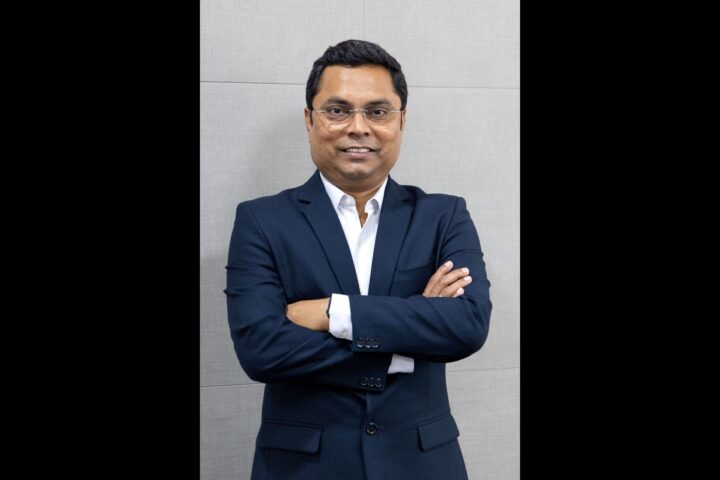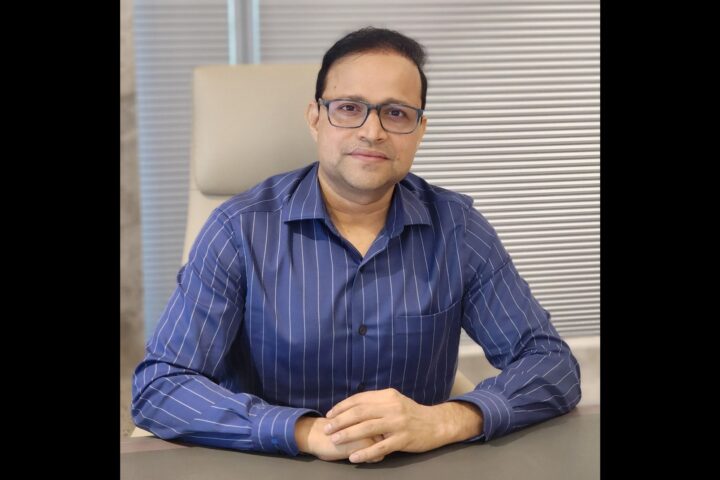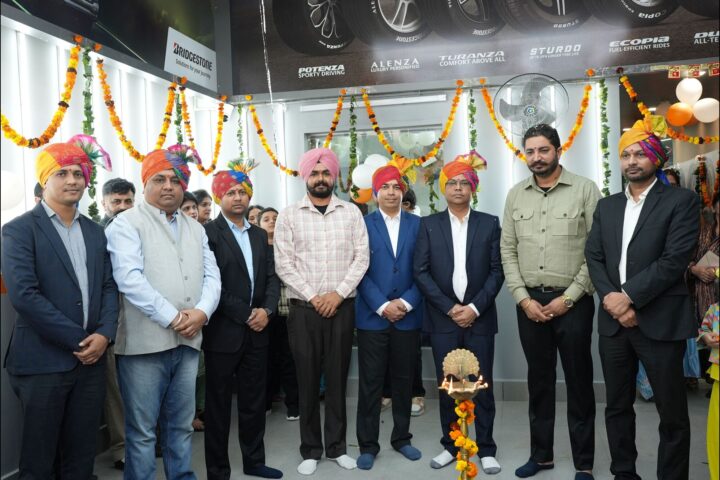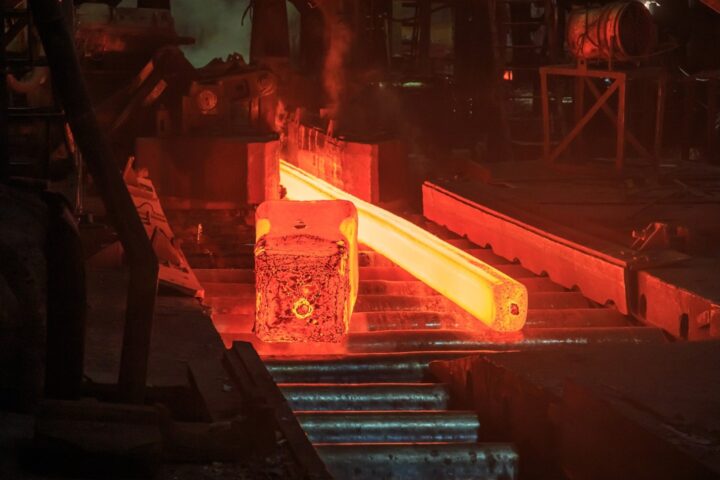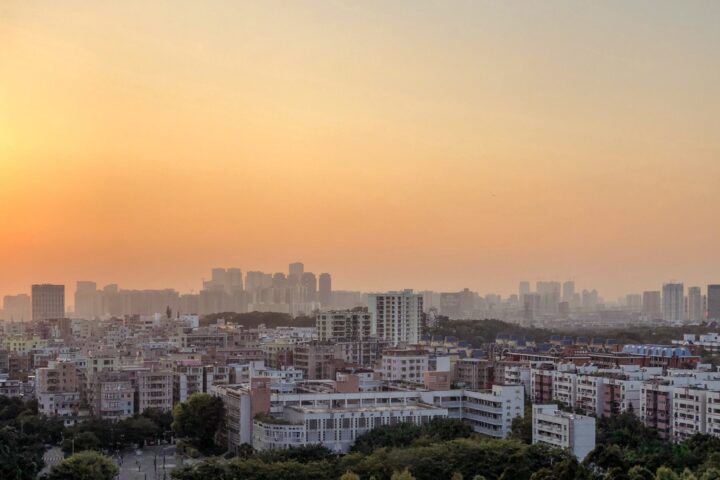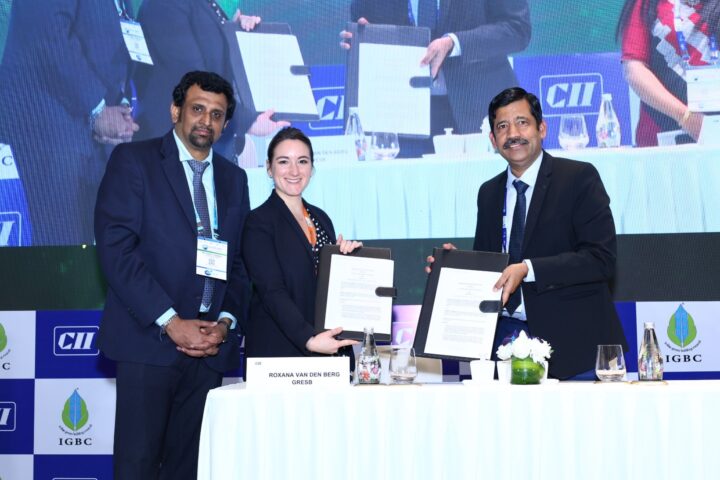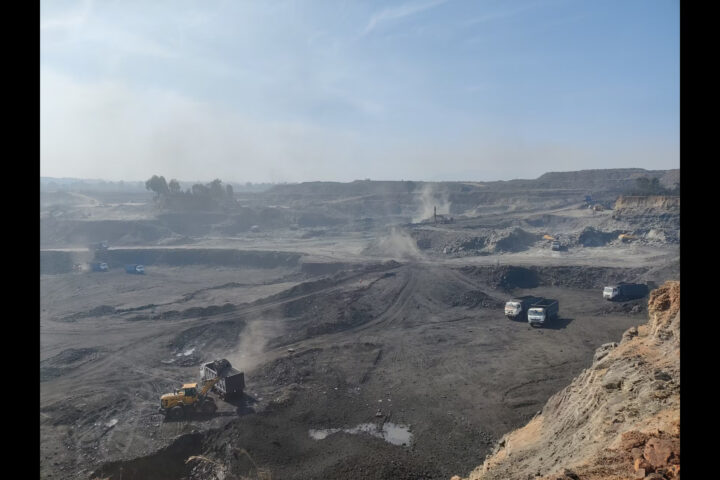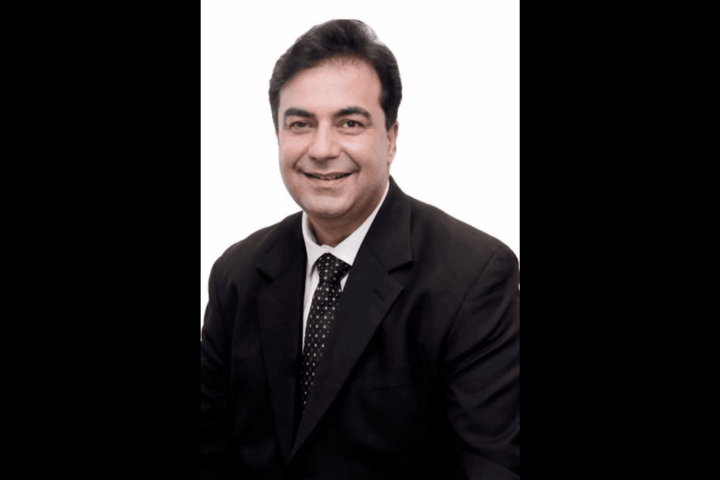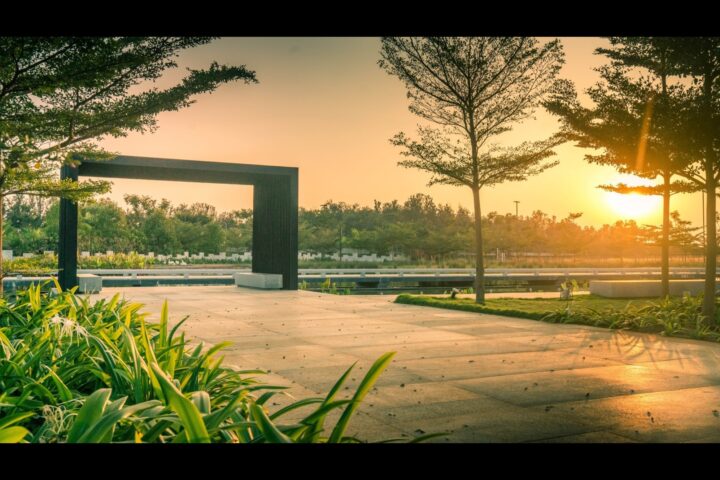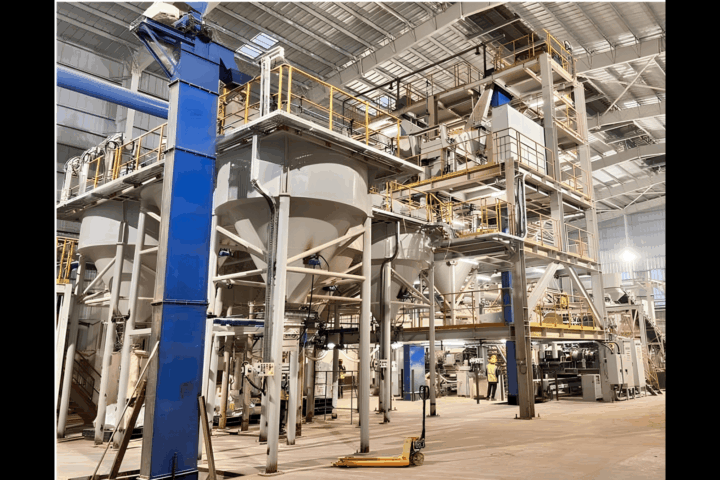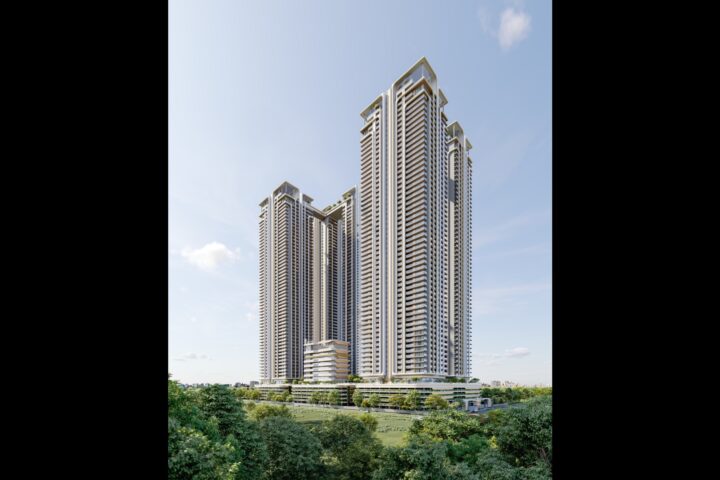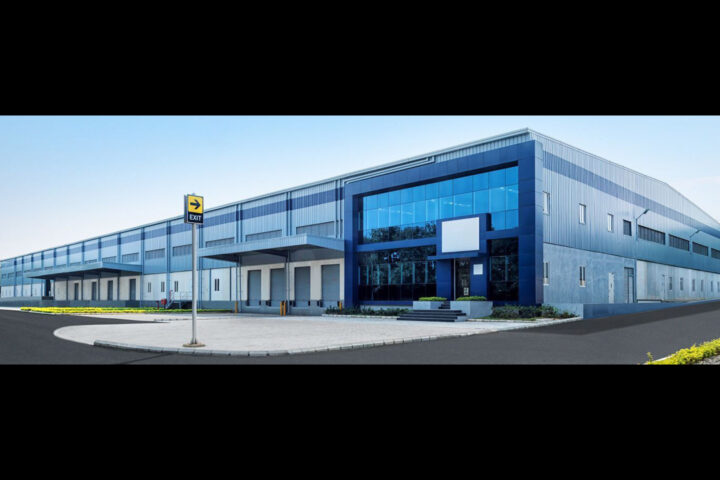How has the water and waste solutions business evolved over the past decade?
The sector has shifted from a reactive, compliance-led model to a proactive, sustainability-driven one. Over the past decade, water has evolved from being merely an operational necessity to a strategic business concern. Customers are no longer just seeking treatment plants – they are looking for lifecycle partners who can ensure comprehensive water management through efficient, fully compliant solutions. We’ve evolved to meet these changing needs by embedding circularity, digitalisation, and cost-effectiveness into our core offerings. Today, our focus goes beyond just treating water – we aim to recover, reuse, and redefine it as a valuable resource. With over four decades of experience, we now have more than 30,000 installations across diverse industries, including food and beverages, textiles, pharmaceuticals, automobiles, steel, power, chemicals, fertilizers, oil and gas, petrochemicals, and the urban infrastructure sector.
Can you walk us through the key milestones, business performance, and market evolution of Thermax’s water and waste solutions over the past three years?
Over the last three years, Thermax has significantly broadened its water solutions portfolio. With advancements in treatment methodologies, the adoption of innovative technologies, and deep-rooted R&D, we have achieved notable success in understanding customer requirements and delivering tailored solutions. From a market perspective, there’s a clear shift towards Zero Liquid Discharge (ZLD) – particularly in water-intensive sectors and industries striving for environmental compliance. The focus has shifted to the reduce, reuse, recycle philosophy, driving the adoption of ZLD and aligning with the broader vision of the Water Circular Economy – from Effluent to Zero Waste. Our water division has seen consistent growth, propelled by demand for high-efficiency, tech-enabled, and sustainable systems. Recently, we launched our hybrid solution – Biofilter Pro, a side-stream MBR system designed for sewage treatment and recycling. Starting from a compact capacity of just 1.5 KLD, it offers ultra-silent operation and has enabled customers to significantly reduce OPEX while improving treatment efficiency.
We continue to invest in cutting-edge recycling technologies and sustainable urban water projects. From decentralised plants to large-scale recycling stations, we are helping industries and cities prepare for a more water-secure future. A standout example is a unique project for a leading non-ferrous major in Rajasthan, where sewage from Udaipur city is recycled for industrial process use. This initiative not only reduces freshwater consumption but also rejuvenates local lakes and water bodies – restoring ecosystems and giving new life to surrounding flora and fauna.
How is the market for water and waste solutions shaping up in India? What are the latest trends dominating the market?
India’s water sector is transforming, shaped by three dominant trends:
Mandated reuse: Regulatory bodies now expect cities and industries to recycle their water usage.
Technology convergence: AI, IoT, and advanced sensors are becoming integral to predictive O&M and compliance.
Shift to circularity: ZLD, decentralized treatment, and modular plants are becoming standard expectations.
Which sectors are currently driving the demand for water and waste solutions in India?
Industries such as textiles, pharmaceuticals, and chemicals have traditionally driven demand due to their high discharge volumes of toxic and harmful effluents, coupled with stringent regulatory requirements. However, the urban infrastructure segment – which includes residential clusters, commercial parks, and municipal bodies – is now witnessing accelerated growth. To meet the unique needs of this segment, we recently launched Urthh®, a dedicated brand under Thermax Water and Waste Solutions, specifically designed to tackle the pressing challenges of urban water management. Urthh® is our direct response to the growing demand for efficient and sustainable urban water treatment solutions. As cities grapple with water scarcity, they require systems that reduce reliance on external sources like water tankers, improve compliance, and lower lifecycle costs. Our urban portfolio is gaining strong traction, thanks to its digital-first approach with EDGELive, compact design, and scalable solutions tailored for modern infrastructure needs.
What are the latest technologies or innovations Thermax is leveraging for water purification, recycling, and zero liquid discharge (ZLD)?
Our key offerings in Zero Liquid Discharge (ZLD) are powered by two advanced technologies: VapoNovae+ and SteMNova. Our proprietary VapoNovae+, based on Mechanical Vapour Recompression (MVR) technology, delivers up to 40% energy savings, up to 98% water recovery, and requires 40% less footprint compared to conventional systems. SteMNovas+, our Multi Effect Evaporator (MEE) technology, offers proven performance with up to 31% power savings, up to 38% steam savings, and up to 26% reduction in operational expenditure. A notable example of our innovation in action is a client who now saves approximately 3.5 lakh cubic meters of water annually equivalent to the volume of 60 Olympic-sized swimming pools. With our cutting-edge, in-house recycling systems, the client was able to reuse 90–95% of their water, significantly contributing to their sustainability goals and demonstrating the real-world impact of our technologies.
Thermax recently launched Urthh®. Could you tell us more about this offering, its key features, and the value it brings to your customers?
Urthh®, a dedicated brand under Thermax Water and Wastewater Solutions, is designed to address the pressing challenges of urban water management. It offers urban, digitally enabled operations and maintenance solutions. As cities face rising water scarcity, regulatory pressures, and the need for sustainable solutions, Urthh® aims to be a transformative force in urban water conservation, strengthening both environmental responsibility and economic resilience. Urthh® provides end-to-end water and wastewater solutions, including technical audits, plant improvements and upgrades, integrated IoT-enabled monitoring, and water recycling systems. Our goal is to ensure that urban spaces minimize dependency on external water sources, adapt to water recycling and reuse, comply with stringent environmental regulations, and optimize operational efficiency while reducing costs. By offering sustainable, scalable, and smart solutions, we position Thermax at the forefront of the evolving urban infrastructure landscape.
How is Thermax leveraging digitalization, automation, and emerging technologies like AI, ML, and IoT in its water and wastewater treatment solutions?
By integrating AI, ML, IoT, and automation, we’re transforming the landscape of water and wastewater treatment. Our EDGE Live platform integrates smart sensors, cloud-based dashboards, and AI-driven diagnostics, providing real-time visibility into plant performance. This empowers customers to monitor, optimize, and remotely manage their systems with ease. Predictive analytics shift us from reactive servicing to proactive care, enabling early detection of issues, optimizing energy use, and ensuring compliance. For industries, EDGE Live drives operational reliability, reduces resource consumption, and extends the life of assets, all while lowering costs. In urban sectors, it enhances water quality, supports smart city initiatives, and ensures efficient, consistent service with reduced manual intervention. These innovations are empowering industries and urban areas to address the growing need for sustainable and resilient water management solutions.
What are the challenges facing the water and waste solutions sector?
The water and wastewater treatment sector faces several persistent challenges that hinder its full-scale adoption and efficiency. High initial capital expenditure for advanced technologies often deters investment, especially in resource-constrained settings. There's also a significant perception barrier around the use of recycled water, limiting its acceptance despite technological readiness. Many existing infrastructures remain underutilized due to poor design or inadequate operations and maintenance practices. Additionally, a shortage of skilled manpower to manage and operate sophisticated systems poses a constraint on long-term performance. Urban areas, in particular, grapple with fragmented ownership and accountability, making integrated water management difficult. Our approach is to bridge these gaps by making systems more cost-effective, compact, and intelligent ensuring that high-performance solutions are not only technically sound but also practically viable and scalable across diverse applications.
What are Thermax’s wastewater treatment vertical’s strategic growth plans for the next three years? Any new product launches, technological partnerships, or upcoming plants in offing?
Thermax’s wastewater treatment vertical is focused on a multi-pronged strategic growth path over the next three years, anchored around sustainability, global expansion, and high-performance solutions. With increasing regulatory pressures and environmental consciousness, ZLD continues to be a critical driver of innovation and market growth. Thermax is expanding its footprint across emerging and developed markets through strategic partnerships, technology tie-ups, and targeted project deployments. We are strengthening our High Purity Water Systems portfolio under the TSA, deliver comprehensive solutions for high-purity water needs, including purified water, water for injectables and sterile equipment, and pure steam for sectors such as pharmaceuticals, biopharma, personal care, and food & beverages.





